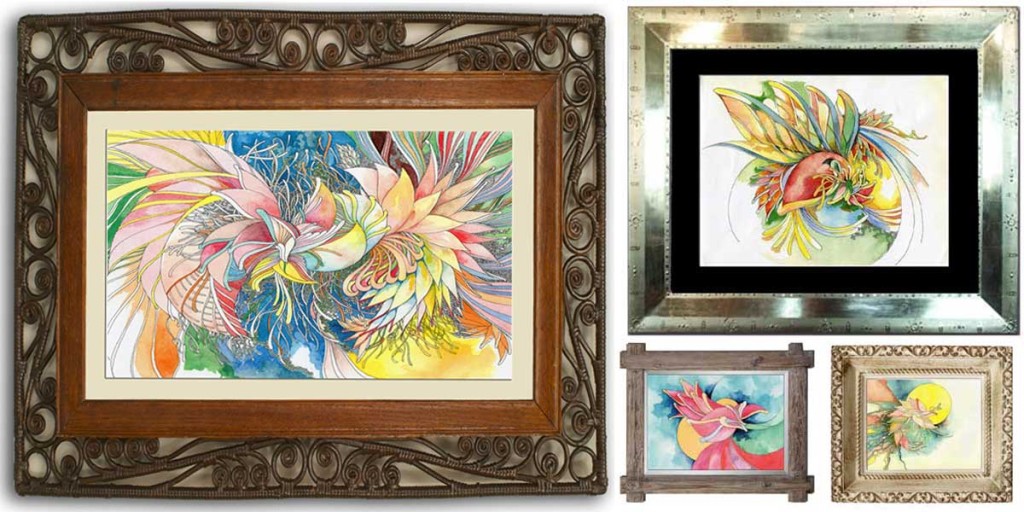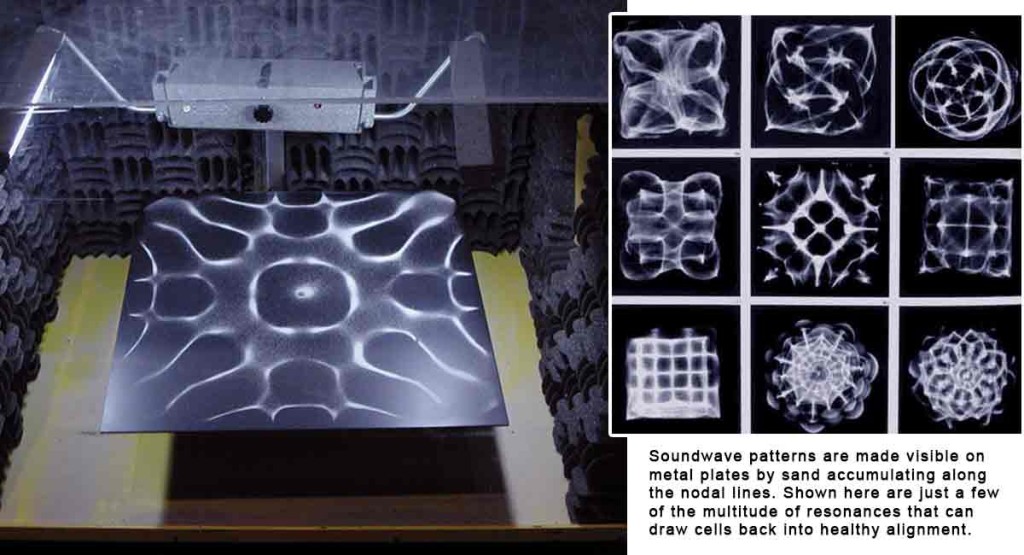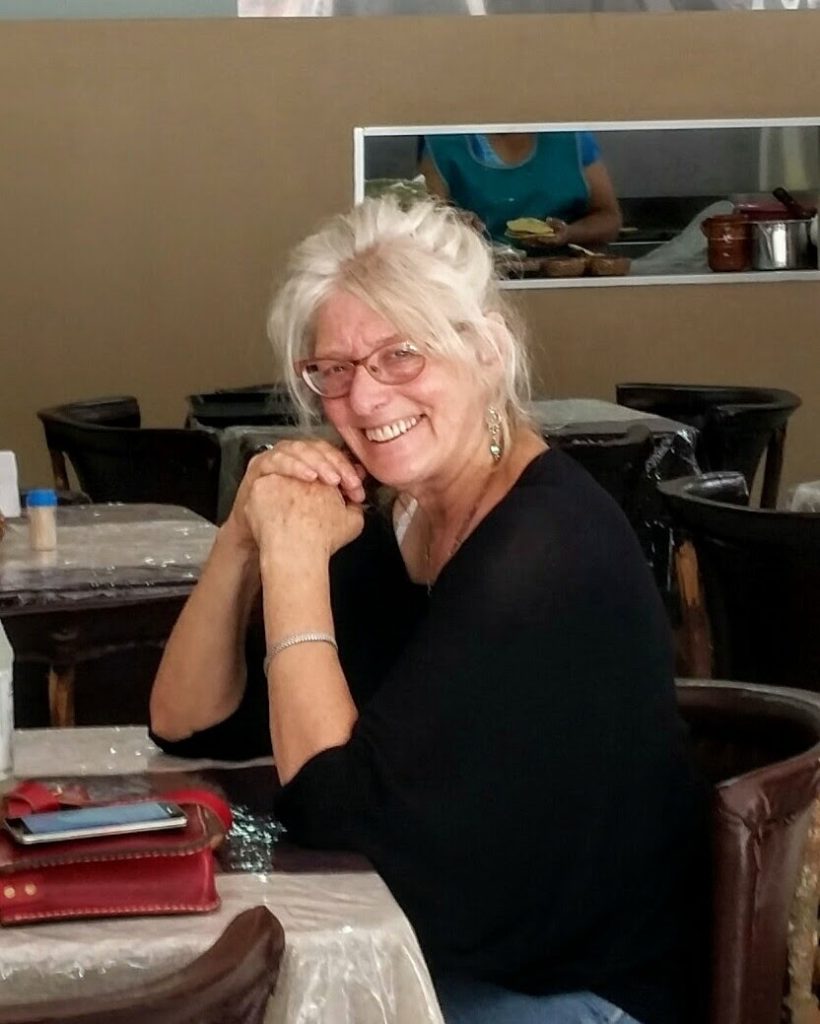Articles
Tips For Best Coloring Results
 Although the main purpose of coloring isn’t to prove how masterful you are, it is always gratifying to obtain a work suitable for framing and displaying. Here are some tips to enhance your coloring experience and results.
Although the main purpose of coloring isn’t to prove how masterful you are, it is always gratifying to obtain a work suitable for framing and displaying. Here are some tips to enhance your coloring experience and results.
1) Remember, your drawing isn’t a paint-by-number. Don’t be afraid to take creative liberties. For example, you can use all sorts of shading and texturing with tiny dots, lines or crosshatch patterns. With pencils or pastels, you can even apply some color to a Kleenex and then rub onto portions of your drawing to create a subtle background color.
2) Blending colors softens, and creates dimension and visual interest. Use your finger or a Q-tip to blend colors when using pencils or similar media.
3) Try using 2-3 markers or pencils simultaneously to achieve color variation and depth. Differing tones of the same basic color work best with this technique. For example, try a light, medium and dark blue.
4) For markers or most any media, use darker and lighter shades to add dimension and “shine” to chosen areas.
5) Remember that hot-pressed (smooth) paper is well suited to colored pencils, while hot-pressed (rough or textured) paper is well suited to watercolors, watercolor pencils, or most any media.
6) When framing, a wide mat will set off your work. For matting, select a color from within your art that you want to bring out.

Articles
Enhance your coloring experience with soundwaves

Like color, sound is an exciting and powerful force. When the two are combined, modern researchers are seeing an even wider range of therapeutic possibilities.
Understanding Sound Therapy
The basic science behind color and sound is that everything in the universe is in a constant state of vibration. Each organ, system and cell has a natural vibratory frequency in which it operates perfectly and in optimal health. An imbalance, or “dis-harmony” in these frequencies can manifest as mental, physical or emotional disorders.
The predictable reaction of sand when exposed to specific sound frequency vibrations is shown above, demonstrating the sympathetic resonance of sound.
Sympathetic Resonance
According to the laws of physics, frequencies tend to naturally attract and synchronize with one another, with the weakest gradually attuning itself to the stronger. This is called “sympathetic resonance.”
A digital tone that is incapable of fluctuation (and thus stronger) can use sympathetic resonance to draw cellular frequencies back into balance. Just as a sustained vibrational frequency can shatter a glass, researchers are finding that the proper series of acoustic sounds can explode unhealthy cells, as well as energize and empower healthy ones.
Sound Therapy is being used in hospitals throughout the world to treat
Alzheimer’s, arthritis, ADD/ADHD, soft tissue damage, immune system damage, cancer, inflammation and pain, sleep deprivation, high or low blood pressure, and a variety of problems such as drug or nicotine addiction. In all instances, the correct frequency reminds the body’s energy field of its original, healthy blueprint and helps bring it back into balance.
Technology of Color and Sound
Coloring provides a relaxed and receptive backdrop for sound therapy. We recommend coloring sessions be done in conjunction with tracks such as this one, created by Lake Chapala musician Daniel Cordero, using precisely calibrated frequencies recorded under classical guitar music.
This 18-minute, sample soundwave track (complete CD available at Diane Pearl Colecciones) utilizes the most effective type of sound therapy, Binaural Beats, where two tones at slightly different frequencies are perceived by the brain as a single beat.
[soundcloud url=”https://api.soundcloud.com/playlists/207073147″ params=”auto_play=false&hide_related=true&show_comments=false&show_user=false&show_reposts=false&visual=false&show_artwork=false&show_playcount=false&download=false&sharing=false” width=”100%” height=”100″ iframe=”true” /]
Binaural beats have been credibly documented to influence the brain through brainwave entrainment and can be used to produce relaxation, deep sleep and other health benefts such as relief of pain, stress or depression.

Musician and Sound Engineer Daniel Cordero
FAQs
Is Soundwave Therapy safe?
No detrimental effects whatsoever have ever been reported. Sound therapy is safe, non-intrusive, non-addictive and non-invasive.
How should I listen?
For best results, one should listen to any or all tracks at least once daily, preferably while coloring. Some of the healing tones are directed at either the left or right brain hemispheres, making it ideal for listening through headphones. If doing so, make sure headphones are work correctly, with the side marked L covering the left ear, and R covering the right ear (opposite if you are left-handed). If headphones are not available, a standard CD player will work satisfactorily.
Are the tones audible?
Our CD contains multi-level tracks. Some listeners report that they hear only the acoustic guitar, while others hear both tones and guitar. Either way, the healthful effects of the powerful underlying tones and beats are in no way diminished.
Articles
Engage in something that can be transformative
We are all fairly familiar with our conscious mind, or ego; it demands attention, defines how we see ourselves, and reminds us (ugh!) of our limitations. It is interesting to note that our conscious mind is also very predictable. It reacts in foreseeable, pre-programmed ways, as if following narrow ruts in a well-traveled road.
But in reality, we are so much more than what our conscious mind allows us to see. This includes the subconscious, what psychologists describe as the part of consciousness that is not currently in focal awareness. When we use certain methods to mentally go off-road, new neural synapses are created, and that is when it all gets really interesting!
As with such well-known methods as meditation, coloring provides a similarly effective type of mental diversion that alters our brain waves and allows us to enter a relaxed, mindful, altered state of consciousness. As a bonus, the more frequently we tap into this self-awareness, the more easily accessible it becomes.
My Creatively Mindful Art drawings are the result of over 40 years of art experience, meditative sessions, and workshops. It takes about 20 minutes of coloring one of them before the seldom-used brain channels take over.
While in this state, there is free association, an almost child-like enjoyment, and an insightful awareness of ourselves and the world around us. The potential for mental, physical and spiritual growth, harmony and creativity is at its optimum during this balanced state.
When coloring, our ego gets a chance to safely take a time out. During these times, I tend to look at my life experiences and determine what I learned from a particular experience or challenge, whether it was a seeming failures or a triumph.
Thanks to this highly relaxing and pleasurable form of active meditation, I have a tool for transforming myself and every aspect of my life and how I interact with those around me. I hope you’ll join me in discovering the enjoyment, the benefits and the fulfillment found through Creatively Mindful Art.
Articles
What makes Creatively Mindful Art drawings unique?
With so much attention being directed to the benefits of coloring, it is only natural that artists have sought out specialty niches to market their work. Everything from flowers, patterns, mandalas, fantasy and whimsical creatures such as unicorns, curse words and x-rated themes have all been published.
So what sets Diane Pearl’s drawings apart?
Well, to begin with, it is interesting to note that Diane Pearl’s drawings were created before the coloring craze began. Her designs took form during the highly-focused, twice-daily drawing ritual described in About the Artist, during what psychologists might term a meditative or altered state of consciousness. No commercial intent was involved during their creation, which makes them uniquely instinctive and spontaneous. If you will pardon the pun, they were drawn from the soul level.
When the suggestion later arose that she introduce her drawings to the public, Diane saw the opportunity to realize a lifelong dream of connecting with people through her artwork. So she began offering her black-and-white drawings to the public, asking others to bring them to vibrant, colorful life. Thus the creative collaboration she calls Creatively Mindful Art was born.
It is also interesting that Diane’s drawings are balanced; they can be viewed with any side up. This leaves that preference up to the colorist’s imagination and inclination in deciding which angle holds the most appeal.
Diane also wanted the finished drawings to be suitable for framing and displaying with pride. So she investigated various types of paper stock and coloring media. Her final choices were an extra heavy-weight vellum stock for dry media such as colored pencils, and a heavy canson paper for wet media such as watercolors. Her choices came with a higher production cost than coloring books, but the extra quality is clearly discernible in the finished painting.
Lastly, she wanted to present her drawings in a self-contained package that would offer immediate use and enjoyment. So Diane combined a selection of her drawings with a custom-made box and a set of colored pencils. The masonite box features a hinged lid and provides secure storage and a smooth and rigid drawing surface. The combination is ideal, and unique to Creatively Mindful Art.
Articles
A look at the science behind coloring
Adult coloring books have exploded in popularity. As of this writing, four of Amazon-dot-com’s top 20 Bestsellers are adult coloring books, with book sales in the millions, and the trend seems to have no end in sight. One publisher says he’s “never seen a phenomenon like it.”
However, coloring is not just a commercial fad with tons of hype; there is real science behind its popularity and benefits. According to many doctors, psychologists and scientific researchers, coloring appears to relieve stress and its related disorders. In effect, it helps us achieve balanced mental, emotional and physical health.
Wow, that is a pretty big task, you might (correctly) be saying. So, let’s examine this claim. Deciphering exactly why and how coloring brings about such beneficial affects seems to center on the combination of two essential factors: 1) the Act of Coloring itself, and 2) the Exposure to Color as therapy.
The Act of Coloring
The majority of folks today lead demanding, exhausting, stressful lives that tax our mental, emotional and physical state on a daily basis. The Act of Coloring counteracts all that. It requires us to focus and be quiet and just enjoy. It recalls a simpler time in our lives, and provides a warm and fuzzy escape from the pressures of the here-and-now.
Studies show that about 15-20 minutes into this soothing, relaxed, feel-good state, our brain wave activity slows and we enter an altered a state of consciousness, free of tension, anxiety and stress. This phase is similar to that obtained through deep meditation or yoga … even some pharmaceutical meds. (The intricate drawings offered on this site were created while the artist was in this altered state.)
Through the effortless, pleasurable diversion of coloring, we are now naturally able to tap into various areas of both brain hemispheres, reaching that magic place where the conscious mind connects with the subconscious. The more often we enter this zone, the more accessible are the characteristics commonly found in this altered states. The overall result is a calmer, healthier, happier individual using a totally satisfying alternative to pills, meditation, yoga or acupuncture.
Additional benefits sometimes attributed to coloring include improved academic performance, better hand-eye coordination and motor skills, a more positive outlook on life, and more innovative performance in the workplace. Across the board, colorists tend to summarize their coloring experience as “Goodbye stress, anxiety and depression!”
Exposure to Color (Chromotherapy)
The second factor in explaining the efficacy of coloring is the ancient practice of color therapy, commonly called chromotherapy, which is also gaining momentum as valid science.
There is evidence of color being used for healing and therapy throughout ancient Egypt, Greece, China and India. Today, researchers are able to study how color not only affects psychological behavior, but also physiological systems of the body.
Chromotherapy is based on the knowledge that everything that exists is made up of electromagnetic energy vibrating at different frequencies. These energies correspond to light, sound and color, all of which are frequency wavelengths that attract identical and harmonizing wavelengths.
According to the National Library of Medicine, colors attract or activate certain biochemical and hormonal processes in the human body. In other words, color serves as both stimulant or sedative necessary to balancing the entire body and its organs.
Light and music act in a similar manner, and when used appropriately in combination with color, they can enhance the desired properties even further. For this reason, meditative music designed to slow brainwaves and synchronize the left and right brain hemispheres is recommended during coloring.
According to Massachusetts Institute of Technology nutritionist Richard J. Wurtman, research has shown that individual colors influence respiration rates, blood pressure, biorhythms and brain activity. Due to these findings, color is used as a treatment for a wide-range of illness and disease, including autism, epilepsy, insomnia, attention deficit disorder, depression, strokes and much more.
For instance, blue light is currently in neonatal units to treat jaundice. Approximately 30,000 premature babies each year in the U.S. are treated with baths of blue light, thereby avoiding dangerous blood transfusions. Another common example: ultraviolet light is used as the standard treatment for psoriasis.
Combining the Act of Coloring with Chromotherapy
The therapeutic colors and their intensity needed for balance by an individual are believe to be instinctively selected during the coloring process. The benefits of the colors are then activated through their focus and application.
The combination of focus and color is a winning diversion, and its efficacy is evident through the rising number of coloring enthusiasts.
So regardless of age, gender or lifestyle, coloring is an ideal.
Articles, Diane Pearl
About the Artist

Our Creatively Mindful Artist, Diane Pearl, owns and manages a very successful gallery and gift shop in the town of Ajijic in southwestern Mexico. Ajijic is known for its large colony of expatriate artists and English-speaking writers. Her shop, Diane Pearl Colecciones, features the work of many of Mexico’s finest artists and craftsmen, and has been voted the area’s People’s Choice, Best Gallery & Gift Shop for two years in a row.
While Diane has proven to be an outstanding businesswoman, her first love is art itself. Her drawings and paintings reveal a natural affinity for color, texture, movement and composition.
Eighteen months ago, Diane began a daily ritual to stimulate creativity and enter a relaxed and stress-free mental state. She set aside 40 minutes in the morning and 40 minutes at night. The result is over 500 beautiful drawings inspired by nature and her own creative inclinations.
Recently, as the astonishing benefits of coloring for all ages began surfacing, Diane realized that others could also enjoy her drawings by bringing them to life through the addition of color. So she selected 64 of her drawings to reproduce on two types of heavy, high-quality paper: one that is suitable for colored pencils or crayons, and another designed for watercolors.
She offers coloring workshops at the local level, and retails sets of her drawings in plastic sleeves and also in rigid, reusable boxes with or without colored pencils.
“My life’s dream is to create art that makes a deep connection with our inner selves. The opportunity to share that dream with others is now laid out in black and white,” says Diane. “I invite others to join me in experiencing the fulfillment of the creative process. So, let’s collaborate … let’s color!”

